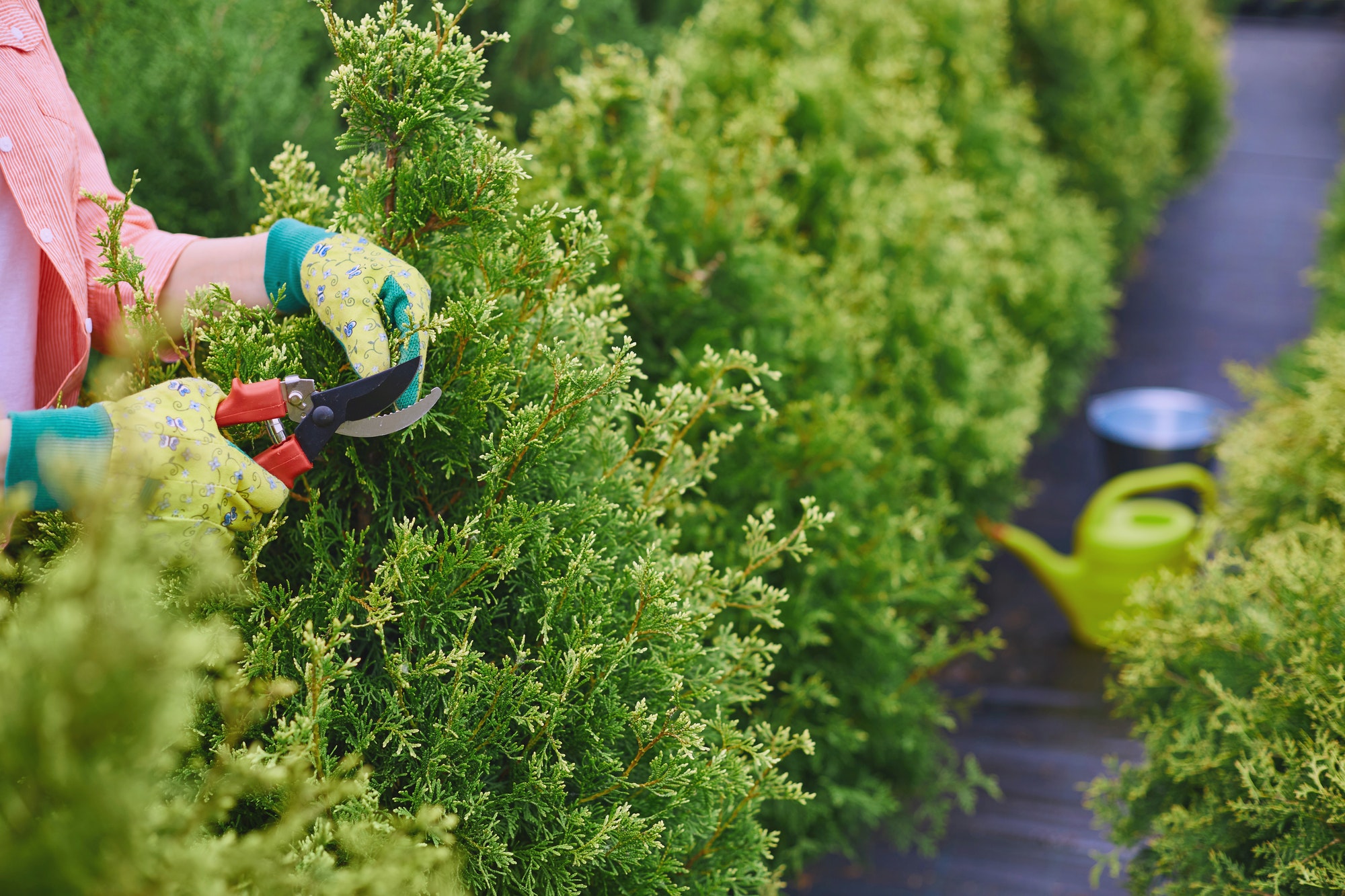You can add more garden plants to your landscape as time goes by. Try a new annual each spring, or change out the plants in planter boxes. The backbone of your landscape should be a mix of shrubs, trees, and perennials. Make sure you know your USDA Hardiness Zone, so you can choose the correct type of plants for your climate. Consider how much sunlight your garden receives. A full-sun garden receives at least six hours of direct sunlight per day, while part-shade gardens get about half that.
Another great way to incorporate new garden plants into your landscape is to grow plants that are edible. Brie Arthur, the author of Gardening With Grains, encourages the use of non-traditional plants and promotes edible landscaping. Her passion for plants, including grains, has created a conversation that is changing how people think about their homes and landscapes. Arthur is an advocate for integrating grains into residential landscapes. In addition to being an inspiring author, Brie Arthur is a principal with Patrick Cullina Horticulturist Design in New York.
While most soils are composed of mineral particles, some have a high percentage of pore space. Soil types vary based on your local climate. A good horticultural soil contains at least 50% solid matter and 50 percent pore space. Pore space is the portion of the soil that is occupied by air and water. To assess how much pore space you have, consider irrigating the area heavily. A soil that is only half filled with water and half with solid material will not support plants well.
You can also alter the pH level of the soil to suit specific plants. For instance, blue hydrangeas require acidic soil, while pink ones require alkaline soil. Test the soil by using a pH testing kit, available at most good garden centres. Soil test kits are easy to use and offer useful information. These kits also tell you the acidity level of the soil. This is very important when growing specific types of garden plants.
The earliest practitioners of this tradition were the native Americans and the black slaves of the Caribbean. In colonial times, the region was a cultural middleground, and Afro-Americans were the main importers of new crops. They spread okra and yams. These strange-sounding plants were often grown in small provision gardens. The slave owners either ignored or encouraged these gardens. These experiments helped shape the way we grow plants today.
Powdery mildew is a fungal disease that attacks a number of plants. It can be a devastating pest in the garden if not properly dealt with. Learn about how to manage this disease to keep your plants healthy and thriving. It is important to act quickly. When the disease is detected, you should dispose of the infected plants and dispose of the waste properly. It can spread through compost, so it’s best to get rid of it safely and as soon as possible.
